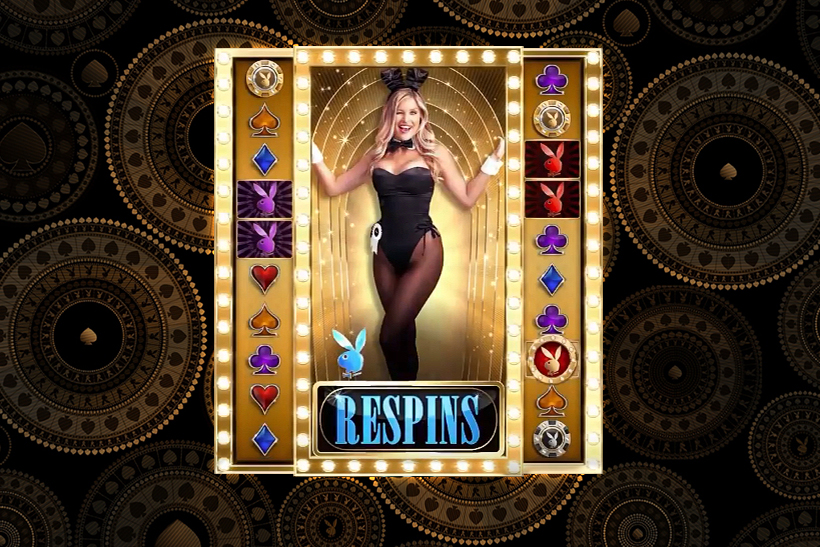What is the “Return” of Slot Machines? How to Calculate the Return for a Slot Machine
I decided to flirt with the topic of the casino economy. I ‘m warning you, the novice will not understand what I’m saying. Even I did not understand everything. What is the return of a slot or of a casino in general? We know that it exists somewhere, somewhere out there, far away, on other gambler’s screenshots.
To be honest, the figures of the return are the most ingenious deceit of the player. Where did this myth come from and who created it?
Each slot has many technical parameters. RTP (return to player) is one of them. It denotes a refund from each bet you made. If RTP is 96.4%, it means that at a distance you will lose 3.6 cents from each spin out of the dollar – or $3.6 from $100. This indicator is hypothetical, and you know hypothetical money doesn’t exist. What does the figure of 96% of the return say? Precisely nothing. It’s like when selling a car you say that it accelerates to 200km/h, but do not specify how long for: 10 or 20 seconds – is there a difference?
On one hand, it’s just 10 seconds, and on the other, it makes all the difference. You can also say about the consumption of 10 liters of gasoline, but do not specify the mileage. 100 or 10 kilometers? Feel a trick here?
I believe that the figure of return is made more for casino owners. For the player, it does not mean anything. We are not told about other important characteristics of the slot – dispersion level, its appetite or keeping the balance. RTP for NetEnt slots is kept for 9 billion spins, for Amatic – 3 billion. The figures are not exact, but I have heard that they are about such.
Well, how is the player going to realize the return of the slot machine of 96% during 200-300 spins in the game session? Yes, it’s impossible. It’s physically impossible.
Therefore, there is such a thing as pool. When there are a lot of players, a crazy amount of spins is made, the figures in billions are blurred or quickly reset, it seems that the machines are alive – they are playing with us. If the pool is as in Betchan – everything is immediately visible, especially after large winnings, you see that everything is dead. The more people play in the casino, the softer RTP is implemented on a general background. There are no gaps like 1000 spins without a bonus, slots give minimal stable numbers.
Casino economics
Let’s imagine a casino as a state. The developer of software will be a bank. Players pay for the consumption of goods or services (they play in the casino), the money goes to the state (casino), which in turn pays the provider for software and also different tax parasites (payment systems). The bank (NetEnt or Microgaming) takes part of the money from the casino, it is 20% of the income, of the final income, with a percent from each spin.
For example, you made one $100 bet and immediately lost, with a return of 95%, $5 will go to casino revenue, 5$ to payment systems, from the received five bucks the casino, in turn, will pay the provider a dollar. It is important to understand that from this lost hundred bucks players must get a return of a sum roughly speaking at $90 in the pool. All players, not one specific guy. And someone can get lucky, while others can’t. This is not communism, there is no equitable distribution. I lost 100 deposits in a row – just not lucky. The casino is like a third party, an affiliate. It rents a bicycle from the owner and gives rents it to you for money.
This is how the economy works and the market as a whole. When one person spends money, another earns it. The same works for the casino: there is a return, or rather cycles or periods of it. RTP is a soap bubble, until it reaches its billions of spins it will distribute money to everyone, like a bank giving credit to all homeless people. At the time when you need to align the debit with the credit and bring the value of the slot to 96%, the return will start to play against the player.
There will be a stagnation or decline. Soft will align the RTP indicator. Players will have to tighten their belts and live without payback, until credit money will be returned, until the soap bubble bursts, that is until players return the value of 95% to a certain slot or software provider. This mechanism is just necessary to protect and guarantee that the casino will not go bankrupt. The most dangerous thing for a gambling house is that nobody will play there.
5 people pay for a win of one, 100 people pay for a millionaire win, in turn, a rich player, losing a million, will provide winnings to 100 people. On these market movements the casino and the game software provider earn their own part. For everyone to be happy you need to stimulate the market or production. A turnover is needed.
You need to attract new players and keep the old ones interested, they need constantly carry money and play. You think that the casino robs you and deceives you – it’s not as it seems. There is a thin line here. If everyone keeps losing, the people will refuse such a state (casino), which threatens with a revolution or a decline of production (the absence of new money). In turn, if you give out money, then the state (casino) and the bank that issues loans, will just fall apart.
Therefore, there is a balance and compliance with the RTP at a distance. Of course, the software developer can pull the economic revival levers or forcefully choke RTP through intervention in the software, but there are supervisory authorities. Although, I think everything is corrupted there. In any case, for long-term business it is more profitable to keep the average temperature of the return.
Types of return
I would use the economic concept now – ROI
- ROI (Return on Investment) – this is the coefficient of return on investment.
- ROI = (income – net cost)/investments amount*100% – the formula is not for the casino, but maybe later I’ll create my own.
Of course, we receive the income or loss after some time from the spin. In different software there is different runtime cycle for this: 3 or 9 billion spins. When the investment in one more deposit is lost, we do not wait for the return on investment, we shout at the forums – “where’s the return of 96%”? And, we don’t think about the necessary 3 billion spins, we spin only 100,000 times. But, the return, as it seems to me, is realized not on an individual player, but on the whole pool. Someone more fortunate will take profit, and we will only have to spin the distance and be the supernumerary. You need to invest correctly.
Space Wars, Casanova, Jack and DOA are a bad choice. Such games require huge investments for return (at least 1000 spins), with dollar for every 100 spins, winnings will often come back to us as 30 dollars. Casanova with 96% and DOA with 96% are completely different games in terms of appetite, they are created on a different software that requires a different number of spins in order to fulfill the return condition. Playing in DOA at $10 with a budget of $200 is a highly risky entertainment.
And if we go to play Cloud Quest or Dracula – for one hundred bucks we will get back a $60 return. Relatively speaking, we reduce risks and investments by half, simultaneously saving money for the following investments (deposits).
Batman spent 2 years investing in Novomatic. Unfortunately, I can’t say anything about games from this developer, I almost didn’t play it, but I suspect that the software is implemented just as with NetEnt (https://affgambler.com/slots-netent/) with Microgaming – there are greedy, medium and generous slots. If Batman managed in 2 years to withdraw 25,000 in Novomatic out of 50,000 loses, then with his constant play in Space Wars, the amount of money withdrawn would be around $10,000, in Dracula – $35,000.
This is in case of an unsuccessful game. With a good combination of circumstances, there could be a profit. I withdrew a few million in Redstar, but after a year I ended up in profit of only $ 50. Casino is the business model, where after playing the whole year staying at zero is already considered a good result for the player. We all are doomed to lose money here, such is the nature of this beast. But there is a nuance. Some will lose more, others will lose less. The main profit is the satisfaction of gambling lust, some dividends in the form of adrenaline, etc. Some pay great money for this, others, by including the brains, try to minimize costs. Therefore, we just need to play slots in a high swarm at a small distance.
Another factor is the ability to play on the market (in the casino). To know the stop loss, to stick to the bankroll, to avoid force majeure: being drunk, doped, greedy, etc.
The casino never guaranteed or promise you anything, forget about a return. And it is impossible to verify this. There are no guarantees and there will be no guarantees ever. You are only promised a figure of 96%. We don’t forget that a casino is random, but it may be observed in places where there is a lively market economy. Playing in some GoldFishka or LimoPlay you invest money in a dead market, pay for a soap bubble, it’s unclear when and who created it. If there are moments you don’t understand – write me in the comments. It’s all too complicated. Don’t scold for this bullshit.




